What is it?

The new for 2016 Kawasaki Ninja ZX14R is different things to different people. For the bookkeepers, the 14R is the bike that blew the legendary Suzuki Hayabusa off its pedestal by beating it in top speed stakes. For the hardcore litre class race replica enthusiasts, the ZX14R is simply their wheels of retirement. For someone like me, who hasn’t ridden the 14R before, it is intimidating, scary even. Why? Because it makes 200bhp, goes from 0-100kmph in less than three seconds, hits a top speed of 300kmph and it is the size of a car! Frightening? You bet.
How does it ride?

Unbelievably easy. And life-threateningly scary. Let me explain the easy part first. The Ninja ZX14R isn’t a light motorcycle but the weight distribution on the bike is brilliant. So, once on the move it shrinks around you. Ride it in L or low power mode, and its light and predictable fuelling, its robust and flat torque, and its aluminium monocoque chassis’ flickable nature, not to mention the engine’s superb cooling tech, makes it as easy to ride on state highways and in fact within the city as most 250cc bikes. Plus, the 14R’s engine is a case study in tractability. Just open gas – even if you are sitting at 4,000rpm – and it goes about building speed as if that’s all it was ever designed to do. It’s almost like twist and go, though a hugely powerful one. The more you roll on the gas, the faster you go. Simple.
Then, as if to showoff, the Ninja ZX14R proves it is comfortable too. Its seating, though a tad crouched, is nowhere near as demanding, uncomfortable or backbreaking as litre class rockets. And, it rides really well too. It doesn’t have the firmness, harshness or the crashy nature of most superbikes. It floats over undulations and manages the bumps and potholes like most comfort oriented touring bikes would. This, of course, is in the factory setting.

The ZX14R has a huge array of adjustments for its 43mm front USDs forks and (new for 2016) Ohlins monoshock. The suspension, both front and rear, is adjustable for preload as well as rebound and compression damping.
Now, the scary bit. Toggle to F or full power mode, dial up the revs and launch the 14R. The steering goes light almost immediately, the howl from the engine turns visceral, and that open left hander which seemed almost like a straight kilometres away, comes up on you within seconds. Spooky. And, it isn’t an open, almost straight left-hander anymore.
There’s no time to check the speed, but you can tell you are travelling very fast, illegally fast, if you will. You roll off; give a firm push to the left clip-on expecting some resistance to turn in. But no, the 14R drops into the bend as if it were looking forward to it. The tyres grip, there’s enough clearance and before you know it you are straightening up and gassing the 14R again, this time turning up the courage dial a bit more. It’s all over within seconds, but this high stays with you forever.

So, scary the 14R might be in F mode with the throttle wide open, but it’s equally reassuring around bends. Its long wheelbase and weight don’t make it lazy or slow. And not just around long fast corners, but the 14R feels nimble around tighter bends and through quick direction transitions as well. And in a straight line, it is as solid as a block of steel (or should that be aluminium…).
The new for 2016 Kawasaki ZX14R then – as my colleagues who had ridden the previous model noted – rides almost exactly like the older bike. Only, it is still as exciting as ever.
Anything else I should know?

The Ninja ZX14R might have been born to shatter the Hayabusa enigma but it was also designed to be an effective sports tourer. And for that it gets a comfy large seat, slightly raised clip-ons, handy luggage hooks, decent wind protection (given that you ride tucked in) and fantastic mile munching ability. It’s an inter-continental machine this.

The 14R also comes with a slew of electronics that do make this Ninja a little less life-threateningly scary. There’s ABS, three-level traction control, a slipper clutch and as we mentioned earlier, two riding modes. Also new to the 2016 edition is new instrumentation with a digital screen that throws up a lot of info including fuel efficiency and range.

But, the most significant change has to be the upgraded brakes. The 14R gets the braking system from the supercharged Ninja H2. There are twin 310mm floating discs upfront worked on by monobloc four piston calipers. There are steel braided lines now as well. The end result is potent bite and near effortless braking. However, the progression could be better still.
Should I buy one?

Here’s the deal. The Kawasaki Ninja ZX14R costs Rs 17.9 lakh ex-showroom in Mumbai. So, it is expensive even by class standards. But, you get a fair share in return for this money. One: It gets you noticed. Two: Riding it doesn’t need planning, a class in stretching exercises or heat protective clothing. Three: It is great for touring, good around a switchback, and not too bad for commuting either. But, most of all, it is liberatingly fast!
Where does it fit in?

The Kawasaki ZX14R’s main competitor, in India and everywhere in the world, is the Suzuki Hayabusa. The ‘Busa comes with a 1340cc, four cylinder, engine and it makes a little under 200bhp. Its 0-100kmph time is around three seconds as well. And it costs Rs 15.9 lakh ex-showroom in Mumbai. It is also the original ‘Dhoom’ bike.
Photography by Sanchit Arora
Gallery
1/41
2016 Kawasaki Ninja ZX14R First Ride Review
Double Tap to Zoom











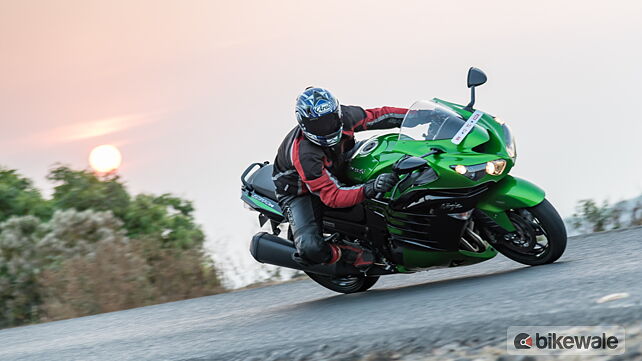












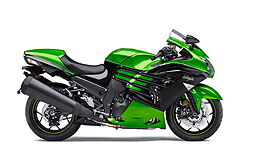


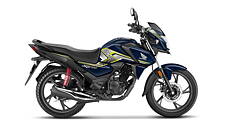












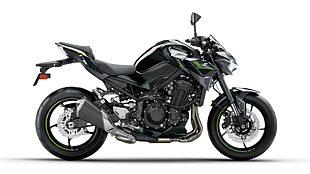
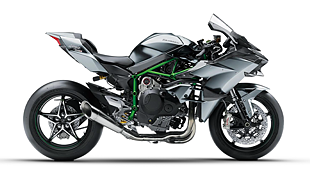






![KTM 390 Adventure X [2025] KTM 390 Adventure X [2025]](https://imgd.aeplcdn.com/272x153/n/cw/ec/190885/390-adventure-x-2025-right-side-view.jpeg?isig=0&q=80)